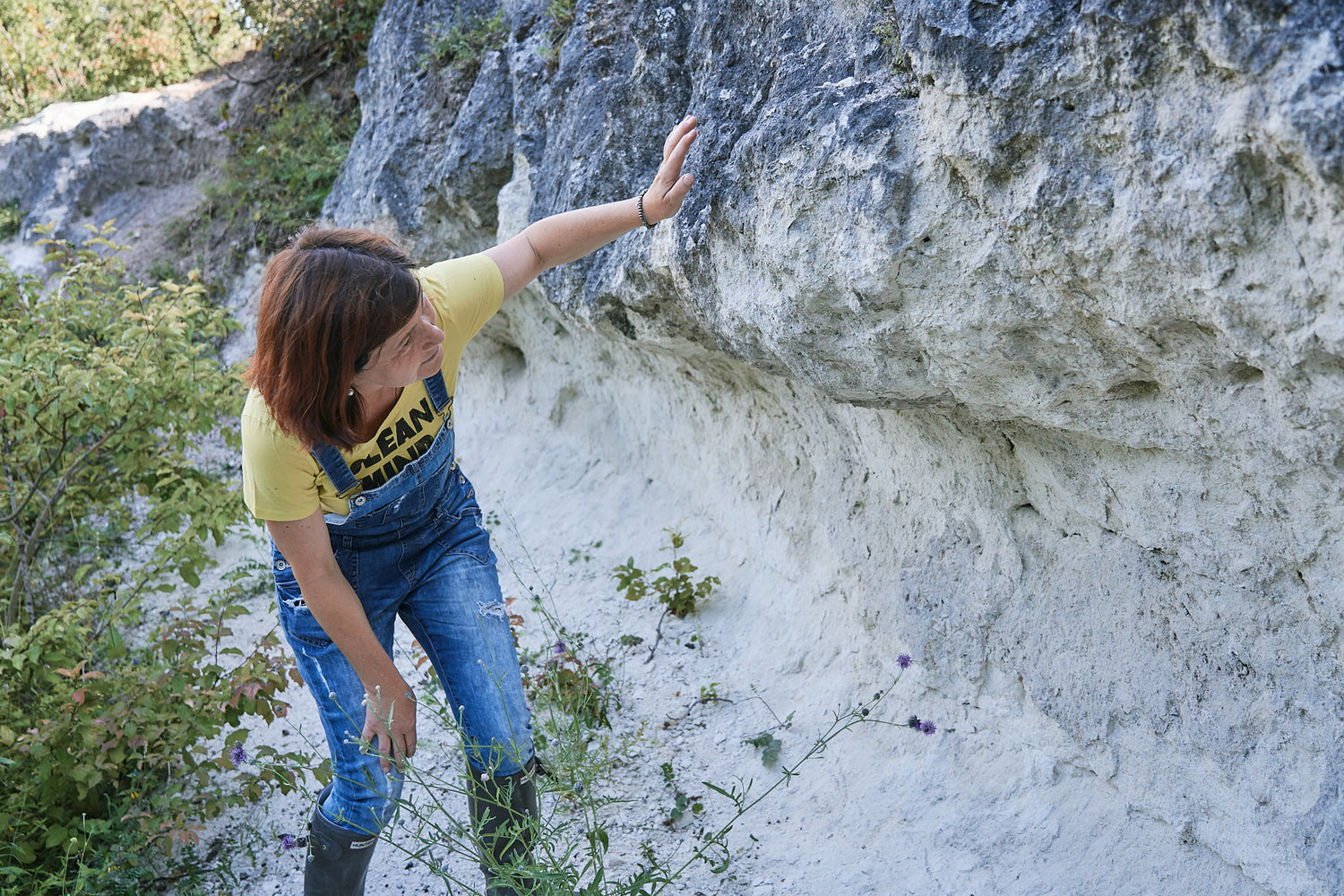Terroir is a French term that’s actually quite hard to define, because it has a number of meanings. But at its heart it refers to the possession by a wine of a distinctly local flavour or identity.
Wines aren’t the only gastronomic product that display characteristics which make them identifiable according to where they come from, cheese is another great example. But nowhere is this concept taken further than with wine.
In some cases terroir is indisputable. Imagine a grower with two vineyards, both planted with the same grape, planted at the same time on the same rootstock, and managed the same way. The grapes are harvested on the same day, and winemaking is identical for both batches, yet the resulting wines taste different. The only distinction is the vineyard environment: the combination of soils, position, climate and altitude, which together we describe as the terroir.
So already we have two definitions of the term which are being used concurrently: terroir is evident in the taste of two wines, giving them a recognizable local character; and it is also used to describe a specific vineyard site with certain physical characteristics.
The terroir impacts how a vine grows, and this in turn shapes the composition of the grapes, then winemaking can magnify these differences.
It’s fascinating how different the wines from two adjoining sites can be when you consider the degrees of separation from vine to bottle.
A great example would be the terroir-based project of PerSe, in the Gualtallary region in Mendoza, Argentina. Their Monasterio vineyard (pictured below) is split into two neighbouring parcels: Inseperable with sandy/gravelly soils and a touch of calcium carbonate; and PerSe, which is on a slight hill and has remarkably high levels of calcium carbonate. The wines from both sites are very good, but very different. The PerSe section of the vineyard is further subdivided on the basis of terroir differences, and individual wines are made from each plot.

Scale is a factor in terroir
Even within a single block of vines, there may be differences in soil and microclimate. At the most micro of scales, each bunch of grapes has berries maturing at slightly different rates.
In Burgundy, which is held up as the prime example of terroir in action, the unit of terroir is the ‘climat’. There are over 900 of them.
But terroir is also considered on a larger scale: we might talk about the differences between Puligny-Montrachet and Meursault, where an entire village with many different climats is considered as a unit of terroir. Or we might summarise the whole region and describe a Chardonnay as Burgundian.
When discussing New Zealand Pinot Noir, we can start with regional differences, for example Central Otago versus Martinborough. And then we might talk about the subregions in Central Otago (Gibbston versus Wanaka versus the Cromwell Basin versus Alexandra). And then within the Cromwell Basin, we could discuss the differences between Bendigo, Pisa and Bannockburn. It’s rare in New Zealand that we’ll be talking about vineyard-specific terroir because, unlike Burgundy, most are wholly owned by one farmer. We don’t have different interpretations of the site that would allow us to get a good handle on the characteristics as seen through a number of different lenses. An exception might be looking at vineyards from the same producer: at Felton Road you could look at the differences between the numbered blocks.
The human factor
Human input is a factor in terroir. Because terroir is only revealed in the wine, it is an interpretive act. Decisions made both in the vineyard and winery influence wine flavour, and therefore have an impact on the message of the place. It is a choice on the part of the winegrower firstly to decide to make the wine in such a way as to allow the terroir to speak. The attentive winegrower has an idea of what each site delivers in terms of local flavour, and can decide to amplify or muffle that signal. The terroir is in effect the radio signal, and the winegrower is turning the dial, tuning the radio into that signal.

To use another analogy, terroir is like several artists sketching the same model. As long as these artists are competent, you will recognize the model in the sketches. But they will all be different. If several winegrowers are given grapes from the same vineyard and told to make wine from it, you wouldn’t expect all the wines to taste the same: terroir isn’t an absolute quality that is either there or not. But you’d hope that there was a family resemblance between the wines, and that this would allow you to tease out the character of the site from the various interpretations.
There are winemaking approaches that can mute terroir. Picking too late or too early, heavy use of oak or extraction, or allowing faults to develop – can all drown out the signal.
Some winemakers choose to amplify the quiet voice of terroir: they have in their minds an idea of what the characteristics of a vineyard site is and may choose to bottle the barrels or tanks that have this character most clearly as a single-vineyard wine, while blending the others and not putting the vineyard name on the bottle.
The dirt factor
Often the most obvious aspect of a vineyard is the soil. Terroir is sometimes used to describe specific soil profiles. For example, we might say that the terroir of a particular Chablis vineyard is Kimmeridgean limestone. One of the fascinating questions in the world of wine is how soils affect the flavour of wine. Adjacent vineyards might share a similar climate, but different soils, and this can translate into distinct wines. Soils can be quite complex mixes, so it’s hard to say exactly how they affect wine flavour. There isn’t a direct transmission of elements from the soil into the vine, roots don’t function like that. But even using quite broad soil categories such as limestone, granite, clay, sand or schist, some have tried to suggest how wine flavour might be influenced.
One closing thought: terroir isn’t just about single-site wines. Blended wines can also show terroir. One of the best examples of this is Vintage Port. It is understanding the various terroirs that allows a winegrower in the Douro valley to make wines that in turn will be excellent blending components. Champagne is similar: base wines depend heavily on site-specific character, and this isn’t negated by the fact that they are later blended together. While the individuality of the site is lost, it may be an important element of a bigger blend.

